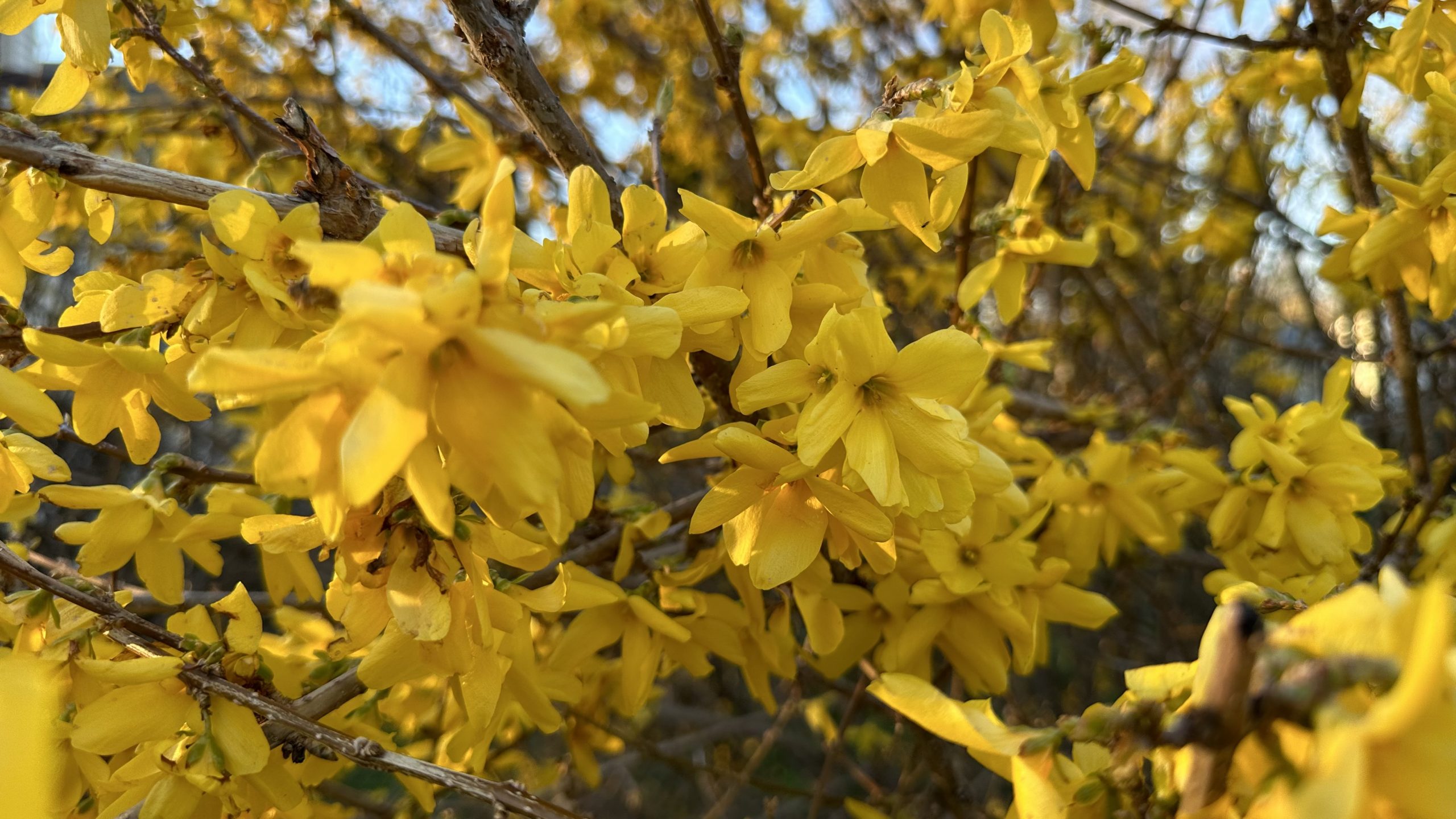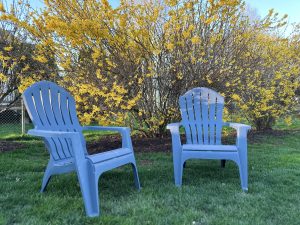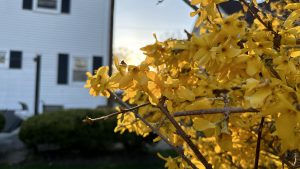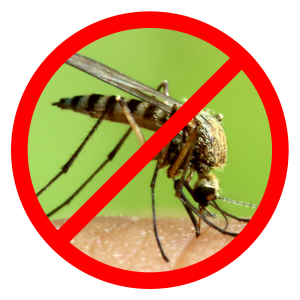Debunking the Myth: Forsythia Bloom and Crabgrass Preemergence

Introduction:
As spring arrives, homeowners and lawn care companies like Fairway Green prepare to combat the annual invasion of crabgrass, a persistent weed that can wreak havoc on lawns. Among the various strategies for controlling crabgrass, a common misconception persists: the belief that crabgrass preemergence must be applied before the forsythia blooms. However, the truth behind effective crabgrass control lies not in flowering shrubs but in understanding soil temperatures and the application process.
Understanding Crabgrass Preemergence:
Crabgrass can begin germinating from seed in the spring when soil temperatures reach around 57 to 60 degrees Fahrenheit and remain there for a few days. The majority of crabgrass germinates when soil temperatures are above 70 degrees. To prevent crabgrass seeds from sprouting, many lawn care companies rely on preemergence herbicides. These herbicides create a barrier in the soil, inhibiting the growth of young crabgrass seedlings as they attempt to emerge.
Debunking the Myth:
While the correlation between forsythia bloom and crabgrass germination may seem plausible, it’s not always entirely accurate. In years when we have normal weather patterns and steadily rising temperatures, forsythia bloom might be a reliable indicator. Using soil temperatures, rather than blooming flowers, is a more accurate way to dictate the optimal timing for crabgrass preemergence application. Research conducted by agricultural experts and extension services has shown that monitoring soil temperature is a more reliable method for determining when to apply preemergence herbicides.
So, when should you apply crabgrass preemergence? The answer depends on your geographical location, prevailing weather conditions, and the product being applied. In most regions of the United States, soil temperatures typically reach the 57 degree range for crabgrass germination sometime in early to mid-spring. Using a soil thermometer or accessing online resources that track soil temperatures can help you pinpoint the optimal timing for application in your area. The key lies in monitoring soil temperatures and adhering to a strategic application schedule.
The product being used also plays a key role in timing. Some active ingredients, like dithiopyr, will actually control crabgrass after germination while also providing preemergent control for seeds that have not germinated yet. In our area, the post emergence control is effective on young plants that have not initiated tillers yet. Using dithiopyr gives you a much larger window to apply the pre-emergent while still getting great control.
The Two-Application Strategy:
Research and experience have shown that a two-application strategy is often more effective for crabgrass control than a single application. Here’s how it works:
Early Spring Application:
The first application of crabgrass preemergence should coincide with the initial rise in soil temperatures in early spring.
This application targets the early germinating crabgrass seeds, preventing them from establishing in the lawn.
Timing for this application is crucial and should be based on soil temperature, typically when soil temperatures consistently reach around 55 degrees Fahrenheit. For customers in our service area, we target our early spring application to be applied in March and April.
Late Spring or Early Summer Application:
The second application acts as a follow-up to target any crabgrass seeds that may have escaped the first treatment or germinated later in the season.
By applying a second round of preemergence herbicide in late spring or early summer, you can extend weed control throughout the growing season.
Monitor soil temperatures to determine the optimal timing for the second application, ensuring that it aligns with the emergence of later germinating crabgrass seeds. Our Late Spring lawn applications take place between the middle of April through June.
Tips for Effective Application:
Soil Temperature Monitoring: Use a soil thermometer to track soil temperatures and determine the appropriate timing for both preemergence herbicide applications. Rutgers has a great website that tracks soil temperatures for our region of New Jersey.
Follow Label Instructions: Always read and follow the label instructions of the preemergence herbicide, including recommended rates, application timing, and safety precautions.
Even Distribution: Apply the herbicide evenly across the lawn using a calibrated spreader to ensure uniform coverage and consistent weed control.
Hire a Professional: Instead of worrying about the timing of your lawn care applications, hire a professional that has the schedule planned out for you. Not only do you not have to worry about applying crabgrass preemergence at the correct time, you also don’t have to do the manual labor of applying it to the lawn.
Conclusion:
Effective crabgrass control requires a combination of scientific understanding and strategic application methods, rather than relying on seasonal indicators like forsythia bloom. By implementing a two-application strategy with quality pre-emergent products, homeowners and lawn care professionals can better combat crabgrass and maintain a healthy, weed-free lawn throughout the growing season. Don’t be misled by myths—empower yourself with knowledge and proven techniques for successful weed management.






